Seitan, also simply known as wheat gluten or gluten, is the main protein of wheat. It’s also one of the most common meat substitutes for those who don’t eat meat, as it’s very rich in protein.
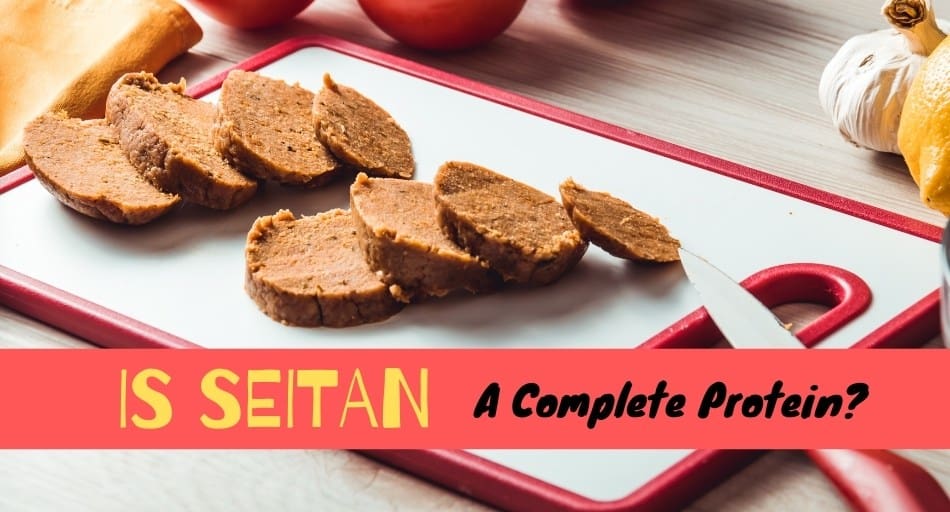
Aside from getting enough protein, it’s also important to eat complete proteins, which contain all nine essential amino acids that your body can’t make on its own.
Most complete proteins are animal products. So, is seitan a complete protein since it’s not animal-derived?
Table of Contents
Is seitan a complete protein?
Seitan doesn’t contain all nine essential amino acids that your body can’t produce on its own. In fact, it’s deficient in lysine, so it’s not considered a complete protein.
On the bright side, it’s still an incredibly good source of protein for those who don’t eat meat and follow a plant-based diet.
Seitan also provides you with a lot of minerals and vitamins that are essential for your health. So, eating it is very good for you.
Why isn’t seitan a complete protein?
Seitan isn’t considered a complete protein since it doesn’t contain lysine in adequate amounts. Because of that, it can’t be considered a complete protein.
Luckily, seitan is rarely served on its own. So, you’re very likely to eat a complete protein when eating seitan, thanks to other added ingredients.
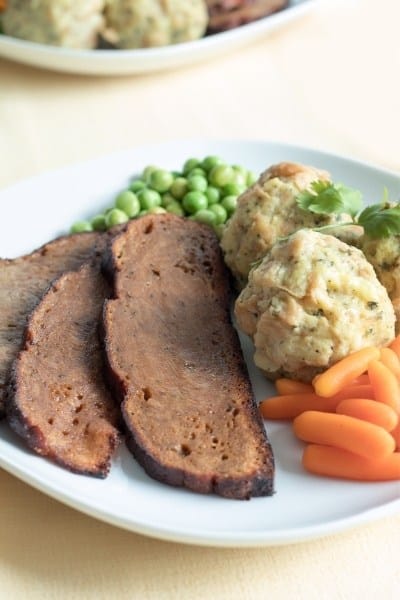
Even though seitan isn’t a complete protein, it still provides you with a lot of amino acids in a single serving. It’s also one of the best sources of protein among vegan alternatives for this macronutrient.
A single ¼-cup serving of seitan contains around 21 g of protein, which is around 45% of your daily need for this nutrient. This is a lot compared to other vegan protein sources.
So, just because it doesn’t contain all, it’s still beneficial to eat it, especially on plant-based diets.
Can you make seitan a complete protein?
Although seitan isn’t a complete protein, you can use it to create a complete protein food pairing using other foods.
For example, seitan is most commonly consumed with soy sauce, which contains a lot of lysine. So, if you pair seitan with soy sauce, you get a complete protein food for your meal.
Alternatively, you can eat seitan in recipes containing corn flour, as it’s also high in the missing amino acids, lysine.
If you’re using powdered seitan, simply add chickpea flour or yeast to the batter. This also adds lysine and creates a complete protein.
If you want to increase your intake of veggies, too, try adding carrots, mushrooms, or vegetable broth to seitan. This will also give you the same desired effect.
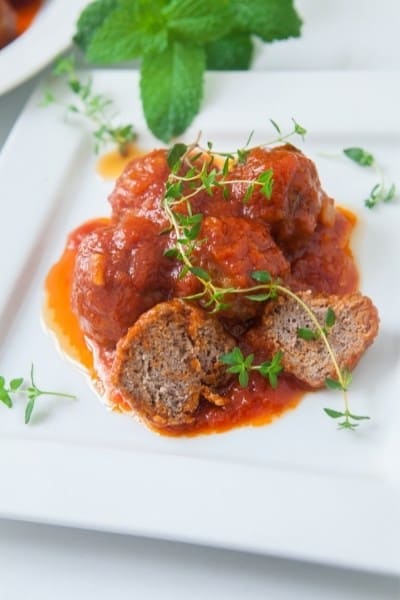
The same goes for veggies like broccoli, leeks, beets, and peppers but also avocados, mangoes, and tomatoes. So, feel free to get creative.
The general rule for creating complete proteins is to mix legumes or beans with whole grains. So, there are many ways you can tweak your seitan recipes, creating a complete protein.
Just be sure to check that the foods you’re adding contain a decent amount of lysine in each serving.
Is seitan good for you?
Since seitan is very high in protein, eating it can help you stay fit and avoid lean muscle mass loss.
This macronutrient is also important for performance athletes as well as those who exercise frequently.
Protein is also important for weight loss, as it increases the feeling of fullness after eating, which prevents overeating.
So, make sure to get enough protein-rich foods in your diet, especially if you don’t eat meat.
Seitan is also very low in cholesterol and sodium. These two nutrients are bad for your health, as they can increase your risk of cardiovascular conditions, including heart attacks, heart disease, and strokes.
Sodium also raises your blood pressure, which has negative effects on your health. So, choosing low-cholesterol and low-sodium foods, such as seitan, is important for your overall wellbeing.
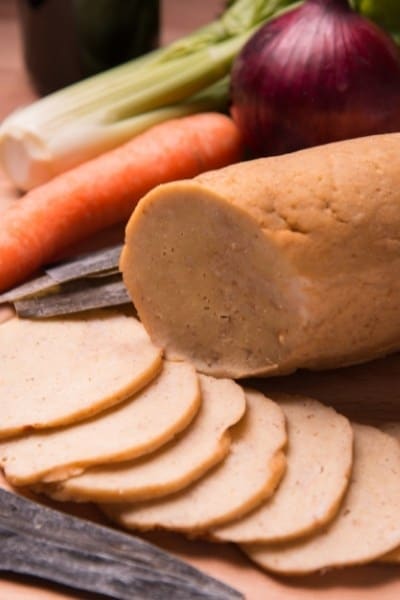
What’s more, seitan is a great source of several minerals, especially iron. This micronutrient is important for various bodily functions, including growth and development.
Iron is also responsible for making hemoglobin, which is a protein that transports oxygen throughout your body. So, getting enough iron from your diet can help prevent anemia and other health issues.
Seitan also packs a great dose of calcium, which is important for the health of your bones. Your heart, muscles, and nerves also need calcium to function properly.
In addition, along with vitamin D, calcium may even help protect you against certain types of cancer, diabetes, and high blood pressure.
So, as you can see, there are no downsides to getting enough of this crucial mineral.
Another crucial mineral found in seitan is selenium. This micronutrient acts as a powerful antioxidant.
It means that it helps flush out free radicals from your body, preventing oxidative stress and damage to your cells.
This, in turn, lowers your risk of diabetes, cancer, heart disease, and many other chronic health conditions.
Selenium can also help prevent mental decline, improve thyroid health, and boost your immune system. So, ensure that you’re getting enough of it each day from your diet.
Eating seitan is also good for those who follow a low-carb diet. This food is very low in this macronutrient and fills you up with protein instead. This can help you meet your nutritional goals easier and faster.
Seitan is also a great high-protein, plant-based food choice for those who can’t eat soy.
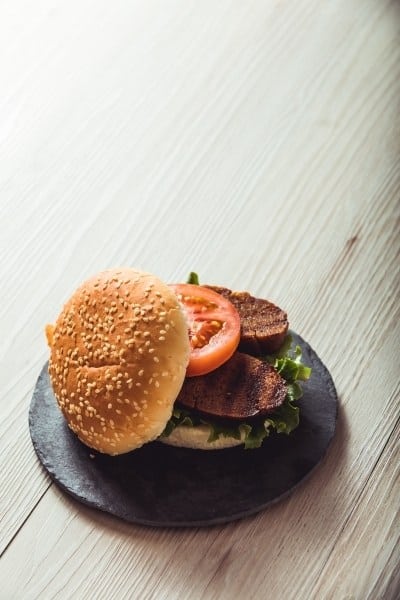
Many popular vegan foods like tofu and tempeh are soy-based, so some people might need to avoid these for health reasons.
So, in those cases, switching to seitan could be a great idea.
Conclusion
Seitan is an excellent source of protein, but it’s not classified as a complete protein. Luckily, there are many food pairings that can help you create a complete protein using seitan – all without eating meat.
Aside from the high protein content, seitan is rich in important minerals and vitamins. These help you stay healthy by preventing micronutrient deficiencies.
So, eating seitan hat loads of health benefits for everyone.
